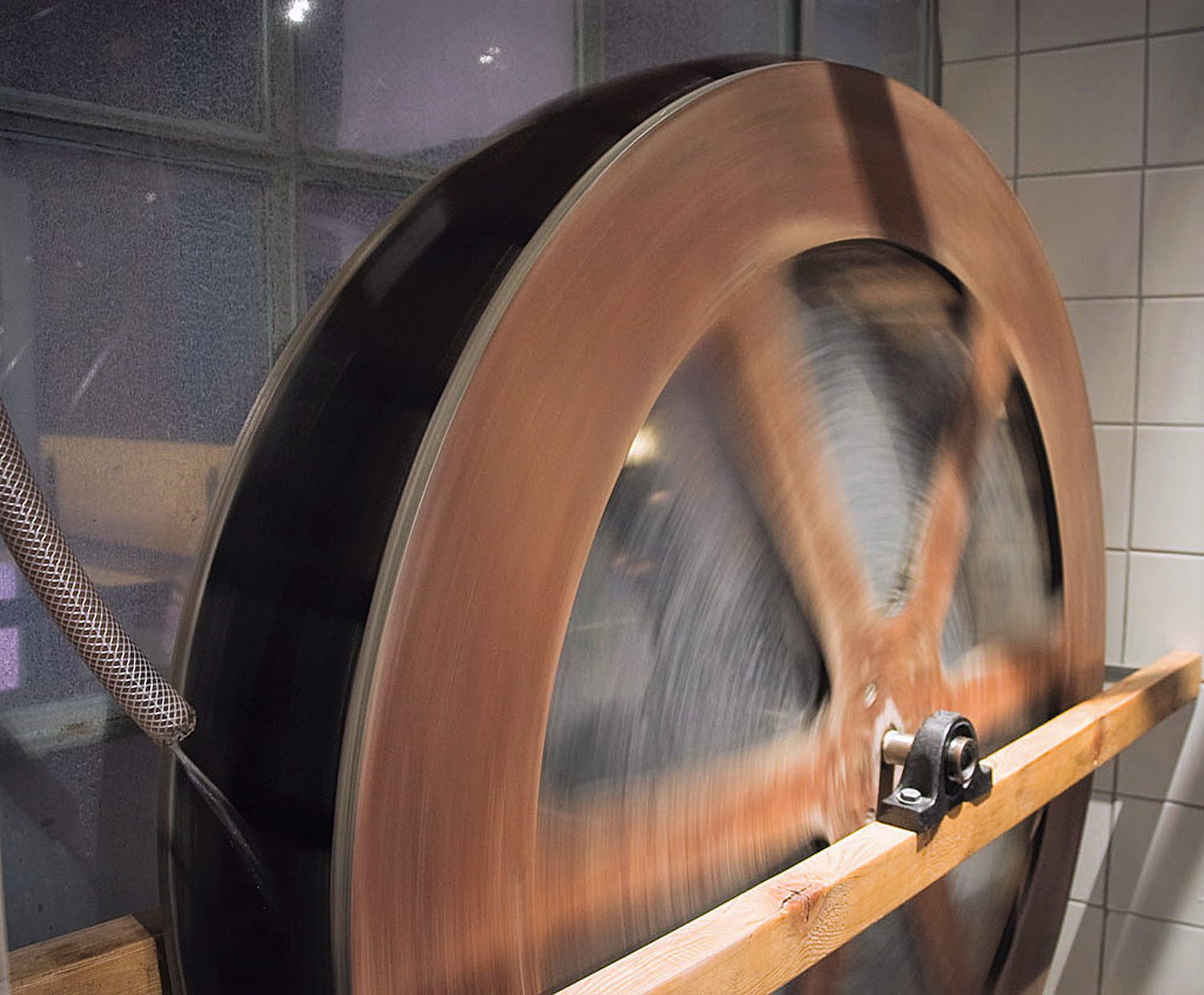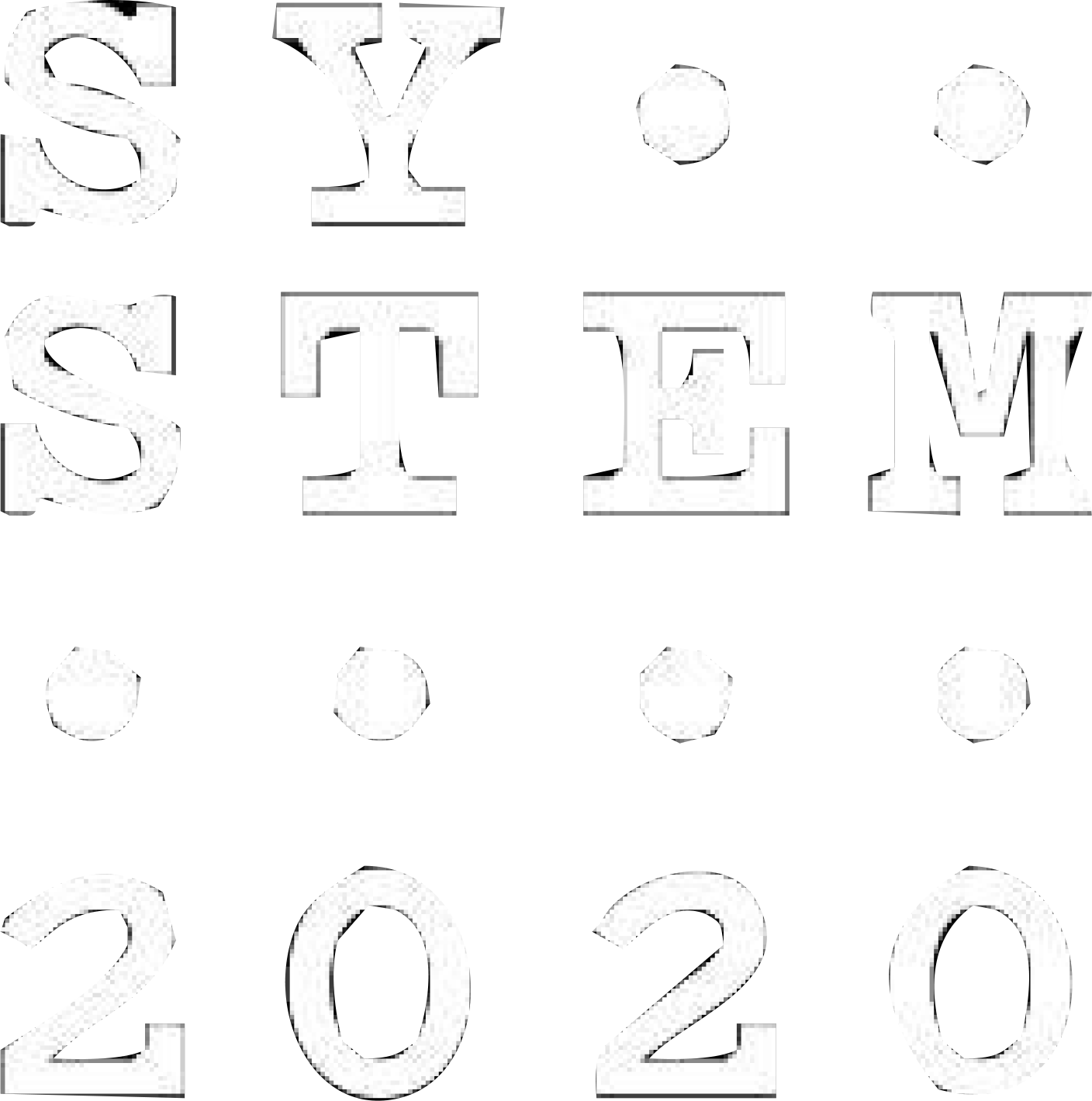
The impeller shaft
An impeller shaft contains paddles or blades. In this example, the water’s force helps create a vertical power to rotate the wheel. The water’s energy is transformed to mechanical work on a rotating axle.
Where can you see this?
An impeller shaft is a common sight at water mills, or used as a driving gear for paddle steamers and at hydroelectric power stations. A hydroelectric power station uses the energy created by the water’s movements to create electricity. The water powers large turbines at a hydroelectric power station, and these turbines work as an impeller shaft. The turbines are connected to generators that transform the kinetic energy into electricity.
A generator creates electricity by rotating a coil in a still magnetic field. As the coil cuts through the power of the magnetic field, voltage is created – electromotive power in the coil. In practice, this creates a moving part known as a rotor. Copper thread is wound around the rotor several times. A magnet is then placed close to the coil. When the rotor turns, it revolves in the magnetic field, which then leads to a build-up of electric tension in the wires. This generates electricity.
Sustainable development
The advantages of using water power to create electricity is that hydropower does not generally produce any climate or environmentally damaging emissions. It also provides stable and large-scale production of electricity. Hydroelectricity does not have any fuel costs and can be regulated based on increased and temporary needs.
However, creating hydroelectric power stations involves large operations into the landscape, which affects ecosystems and the affected watercourses. One example is that the life cycles of wild salmon and eels are disturbed, as their upstream and downstream migration is vital.
In the North park there is another impeller shaft where you can keep exploring water energy. The park is open May-September.









